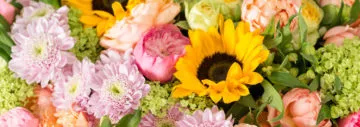|
If you are considering a Bonsai tree for that special person, including yourself, there are a few things you should know to ensure that you end up with a nice healthy tree.
First you should decide if you want a hardy outdoor tree or if an indoor Bonsai is more appropriate. Think about the conditions the tree will be in.
Indoor Bonsai will generally need to be close to an east, west or south window or be supplemented with artificial light. Full spectrum fluorescent lights close to the tree usually work well. A small tray with gravel and a little bit of water under the tree will add humidity around the tree. A spritz on the leaves also helps. Also the proud owner of a new indoor Bonsai tree needs to be consistent with the care. It may not need to be watered every day but it should be checked daily as the small pots can dry out rather quickly.
Hardy Bonsai need winter dormancy. These are the conifers, pines and deciduous trees. One of the most popular Bonsai is the Juniper. The Juniper is one of the easiest Bonsai to grow as long as it is being raised outdoors. They will not generally survive indoors unless it’s very cool in winter, and warm and sunny in summer. During the winter, an unheated room, porch or cool basement is needed; they can be heeled into a garden, put in a garage or under a deck. Just make sure there is some light getting to your tree, as it will die in total darkness. Also, during the winter, water as needed and make sure to check the soil.
You are now the owner of a unique and respected member of nature’s family. If cared for the properly. Your bonsai will provide many, many years of enjoyment. |


